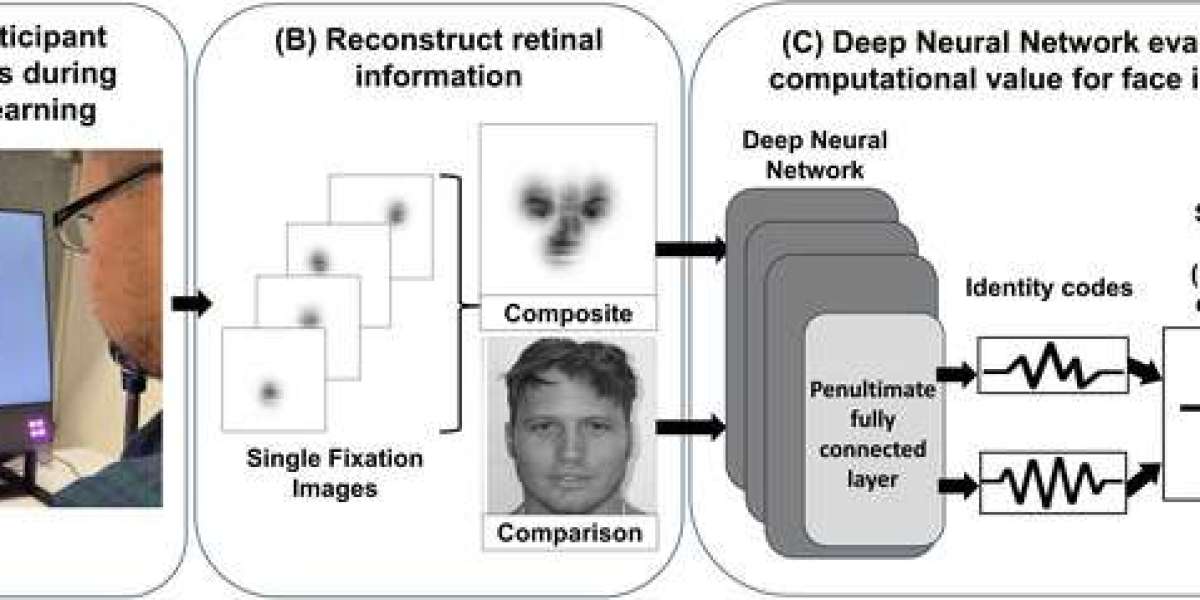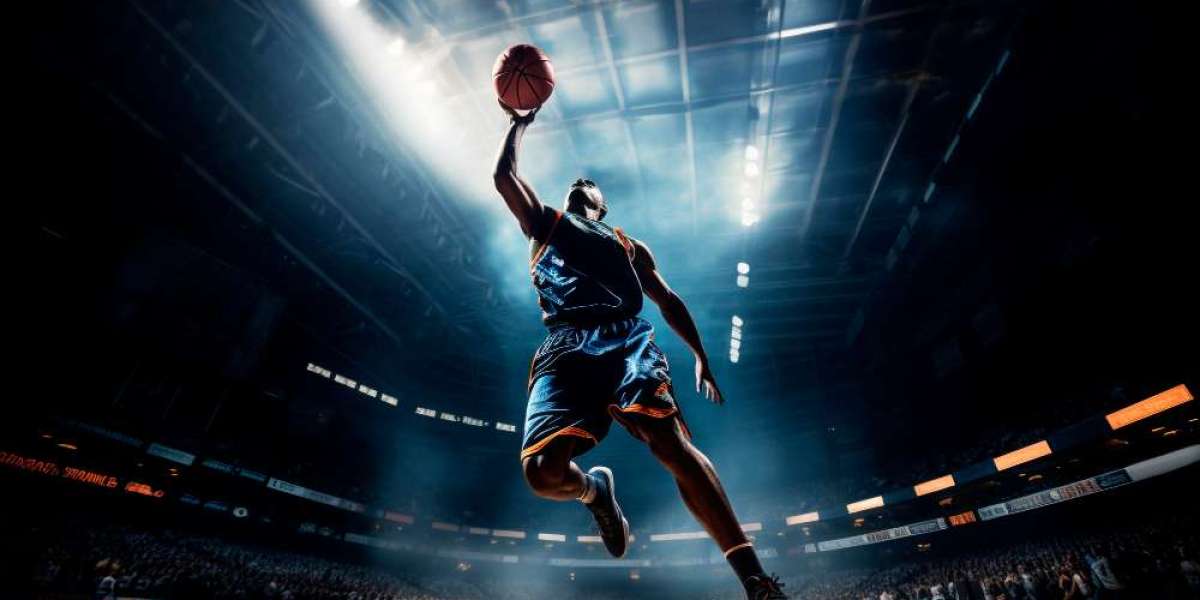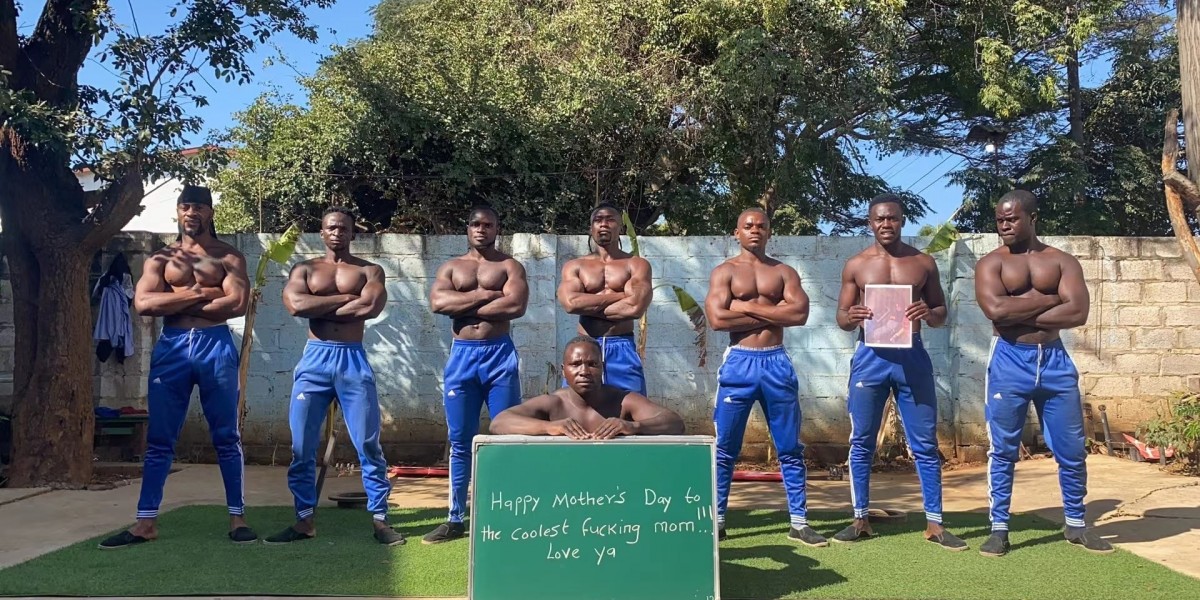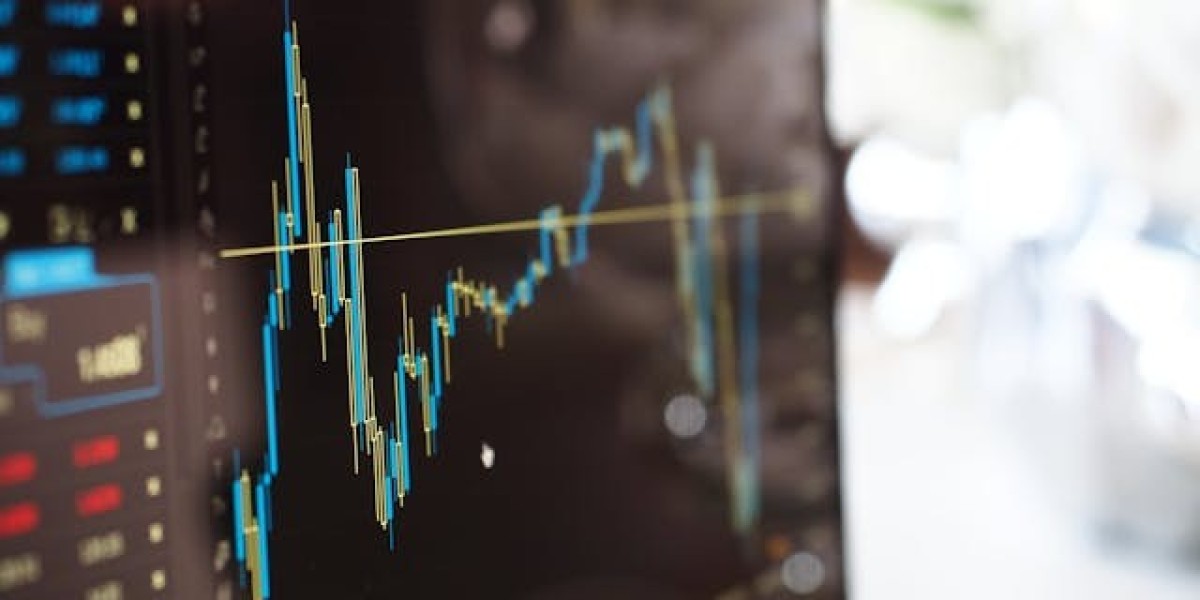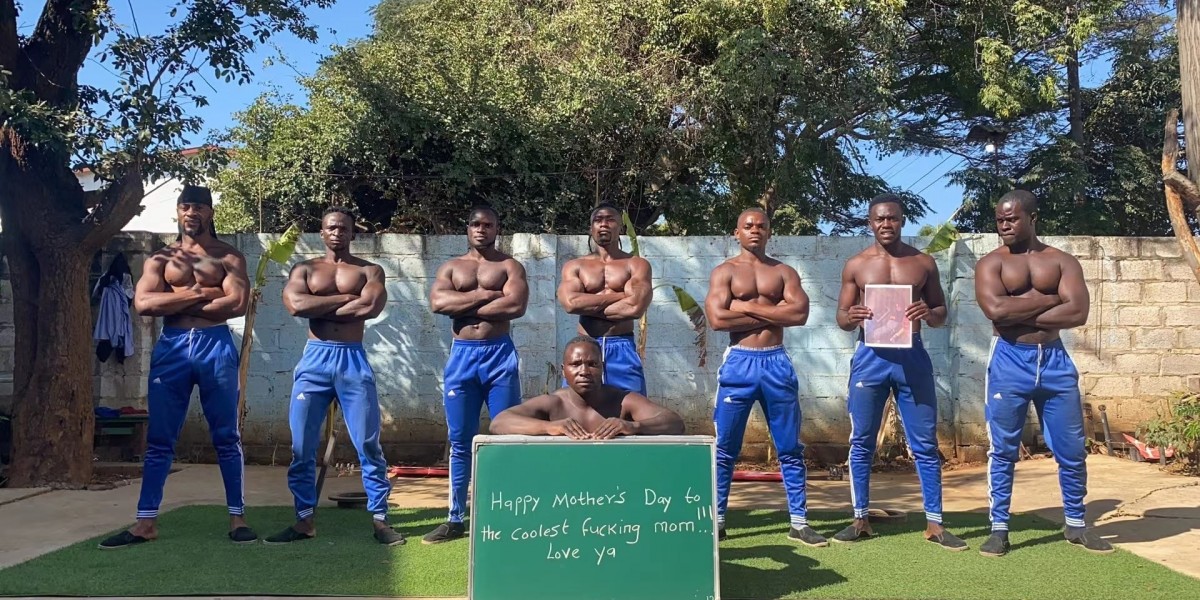article image source: sciencealert.com (link)
Super Recognizers: The Rare Individuals Who Never Forget a Face

From measurements of eye-gaze behavior, the researchers reconstructed the visual information participants processed to identify faces. (Dunn et al., Proceedings of the Royal Society B, 2025)
- image source: sciencealert.com
Understanding a Remarkable Human Ability
Among us, there exists a small subset of people—just 1 to 2 percent—whose talent for remembering faces is so extraordinary that they can recognise someone from the briefest encounter, even years later. These individuals are known as super recognizers, and their skills are so reliable that many are professionally certified to assist police and investigative teams.
Recent research, however, is reshaping our understanding of how they do it. For years, scientists assumed their power came from the brain’s ability to store and process more facial information. But new studies from the University of New South Wales (UNSW) in Sydney reveal something surprising: the key lies not in how much they see, but what they choose to see.
advertisement
Looking Smarter, Not Harder
Using eye-tracking technology, researchers compared how super recognizers examine faces compared to the general population. Participants viewed photographs while devices recorded exactly where—and how long—their eyes lingered on specific features.
The results showed that super recognizers naturally steer their gaze toward the most distinctive elements of a face. Rather than staring fixedly at obvious central points such as the eyes or nose, they scan more broadly, picking up subtle, unique features that help differentiate one person from another. It’s as if they intuitively understand which details carry the most identity “clues.”
This style of seeing operates almost automatically. According to lead researcher James Dunn, super recognizers don’t apply a trained trick or memorization strategy—it’s a deeply ingrained, dynamic way of visually reading faces.
A Jigsaw Made of Features
Earlier work by the same team found that super recognizers mentally break faces into parts, almost like assembling a jigsaw puzzle. Instead of storing a face as one holistic image, they mentally piece together distinctive components. This approach gives them flexibility to recognize someone even if parts of the face are masked, obscured, aging, or presented in poor lighting.
The new findings expand this idea even further. Their heightened ability may begin at the very earliest stage of sight—retinal encoding, the first level at which visual information is captured. In other words, the advantage may be rooted in biological wiring rather than learning or practice.
Putting AI to the Test
To better understand the visual patterns humans rely on, researchers fed the eye-tracking data into several neural networks trained for facial recognition. Strikingly, the AI systems performed far better when they used the super recognizers’ viewing patterns rather than those recorded from average observers—even when the amount of visual information was identical.
This suggests that super recognizers aren’t absorbing more data; they are extracting higher-quality data. Their eyes land on the most diagnostic traits—the features that best distinguish one face from another, even when the same person looks different across contexts.
Can Anyone Learn to Become a Super Recognizer?
Unfortunately, current evidence suggests the answer is largely no. While certain aspects of facial memory can improve with practice, the unique perceptual style of super recognizers appears to be deeply rooted in genetics and inborn visual tendencies.
Moreover, what matters most for recognizing any given face differs from person to person. This variability makes it hard to teach a universal strategy. Super recognizers seem able to adapt automatically, scanning faces in a flexible way that picks up whatever matters most for each individual.
Why This Matters in a Human-AI World
Facial recognition technology continues to advance, yet in many real-world scenarios—crowds, movement, disguise, poor lighting—humans still outperform machines. Super recognizers, in particular, fill an important niche in tasks requiring rapid, reliable person identification.
Their abilities also hint at something deeper: facial identity processing is essential not only to humans but to social mammals broadly. This suggests the roots of super recognition may be intertwined with our evolutionary need to navigate complex social environments.
Future research aims to explore how these exceptional individuals perform in videos and real-time situations, where faces change expression, orientation, and context. For now, one thing is clear: it’s incredibly difficult to hide from a super recognizer.
Conclusion
Super recognizers remind us that human perception still holds mysteries far beyond what artificial intelligence can replicate. Their talent is not about effort or memory tricks—it is a natural, almost instinctive sensitivity to the subtle features that make each person unique. In a world saturated with digital images, rapid movement, and anonymity, their ability feels almost superhuman.
But beyond its practical value, this phenomenon also inspires a sense of wonder. It highlights the incredible diversity of human perception and the hidden strengths that some people carry without even realizing it. In a time when AI is reshaping how we see the world, super recognizers show that the human eye—guided by the right kind of attention—remains one of the most powerful tools we have.
Sources
ScienceAlert – Some People Never Forget a Face, And Now We Know Their Secret
https://www.sciencealert.com/some-people-never-forget-a-face-and-now-we-know-their-secretNautilus – How Super Recognizers See What the Rest of Us Miss
https://nautil.us/how-super-recognizers-see-what-the-rest-of-us-miss-1246408/
Thank you !
